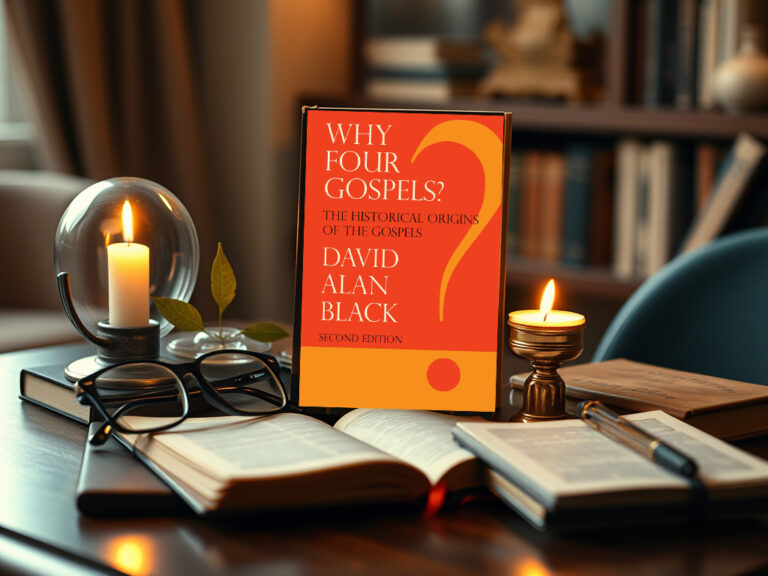Doris Murdoch: Capernaum, the Town of Jesus
by Doris Horton Murdoch, author, Testify: By the Blood of the Lamb and the Word of our Testimony and Constructing Your Testimony
 The town of Capernaum, called the “village of comfort” and the “cradle of Christianity”, has been recognized as the “town of Jesus.” In Matthew 4:13-17, prophecy was fulfilled when the great light, Jesus Christ, settled in the territory of Naphtali and Zebulun which is the town of Capernaum. Jesus left his childhood home of Nazareth and made Peter’s house his ministry residence or home. Investigating the history and archaeology of the town of Capernaum and Peter’s house aids in understanding to the events involving Jesus in the town of Capernaum from the gospel scriptures. Then, one is led to the question, “What did the town of Capernaum and Peter’s house mean to Jesus and His disciples?”
The town of Capernaum, called the “village of comfort” and the “cradle of Christianity”, has been recognized as the “town of Jesus.” In Matthew 4:13-17, prophecy was fulfilled when the great light, Jesus Christ, settled in the territory of Naphtali and Zebulun which is the town of Capernaum. Jesus left his childhood home of Nazareth and made Peter’s house his ministry residence or home. Investigating the history and archaeology of the town of Capernaum and Peter’s house aids in understanding to the events involving Jesus in the town of Capernaum from the gospel scriptures. Then, one is led to the question, “What did the town of Capernaum and Peter’s house mean to Jesus and His disciples?”
Capernaum (Capharnaum, Kefar Nahum, Bethsaida, Talhum, Elkosh) was a fishing village on the northern banks of the Sea of Galilee. The town was located on the Beth-Shan or Damascus Highway; this was much more suitable than Nazareth with so many people, especially merchants, passing through the Capernaum community. The Roman garrison was housed in Capernaum while the Roman capital was farther away in Tiberius. This location puts some distance between Herod Antipas in Tiberius and those spreading the gospel message of Jesus Christ in Capernaum.
The town of Capernaum was inhabited continuously from 2 B.C. – 7 A.D. During Jesus’ time, the population was composed of fishermen, farmers, artisans, merchants and publicans, all different in trades but appearing to be getting along in the area. Capernaum was a cultural melting pot. Romans and Greeks influenced the culture (manners, dress, architecture, and politics) of the town. Again, the varied cultures appear to be working together for the good of the community. The Roman centurion found in Luke 7:1-10 actually built the synagogue that the Jews worshipped in.
 The disciples, Simon Peter, Andrew, James, John and Matthew were all from Capernaum. God had a purpose in placing Jesus in Capernaum to begin the selection of the disciples and in preparing those disciples for ministry. Capernaum was also known as the village of Nahum (650 B.C.), the Old Testament prophet who was sent to the Assyrian capital city of Ninevah. Nahum means “comfort” or “consolation” for Nahum brought consolation to the nations oppressed by Ninevah. Nahum 1:1 states Nahum is from Elkosh; it is believed Elkosh was renamed Capernaum to honor the prophet Nahum with his popularity being greater in Judah because his prophetic message was against Assyria. At this time, God’s favor was for His chosen people in the land of Judah. Capernaum was a place of comfort or refuge for Nahum, Jesus, His disciples and for the people ministered to during this time period.
The disciples, Simon Peter, Andrew, James, John and Matthew were all from Capernaum. God had a purpose in placing Jesus in Capernaum to begin the selection of the disciples and in preparing those disciples for ministry. Capernaum was also known as the village of Nahum (650 B.C.), the Old Testament prophet who was sent to the Assyrian capital city of Ninevah. Nahum means “comfort” or “consolation” for Nahum brought consolation to the nations oppressed by Ninevah. Nahum 1:1 states Nahum is from Elkosh; it is believed Elkosh was renamed Capernaum to honor the prophet Nahum with his popularity being greater in Judah because his prophetic message was against Assyria. At this time, God’s favor was for His chosen people in the land of Judah. Capernaum was a place of comfort or refuge for Nahum, Jesus, His disciples and for the people ministered to during this time period.
In Matthew 8:14-16 (NRSV), we read about Jesus visiting Peter’s house in the town of Capernaum,
“When Jesus entered Peter’s house, he saw his mother-in-law lying in bed with a fever; 15 he touched her hand, and the fever left her, and she got up and began to serve him. 16 That evening they brought to Him many who were possessed with demons; and he cast out the spirits with a word, and cured all who were sick.”
Peter’s house also became known as the first house in the Christian world for the followers of Jesus, domus-ecclesia. Besides housing Jesus and His followers, Peter’s house provided a home for him and his family, his brother, Andrew and his family and for his mother-in-law. It was a large home running north to south. I envision a door on the northern and southern ends, with the north end opening to a street. Then the south door opens to a courtyard that ends as a gate on the street across from the synagogue. My understanding is that there would be rooms opening to the courtyard that housed the various extended family members. The main house structure of Peter’s home had a moveable rooftop; in Mark 2:1-12, we read about the paralytic being lowered down on a mat through an opening in the rooftop for healing by Jesus. Stairs in the courtyard would have led to this rooftop. It is in Peter’s house that Jesus identifies His true family, the family of believers, who are on the inside, not outside. In Mark 3:31-15, the Christian community is inside Peter’s house and Jesus’ mother and brothers are outside looking for their family member, Jesus. Those that desire to be in the family of God must come inside to be with Jesus.
Archaeological ruins and scripture reveal much about the town of Capernaum. In 1838, the American scholar, Edward Robinson, discovered the ruins of Capernaum and identified the synagogue. In 1905, Germans Kohl and Watzinger began excavation of Capernaum. Ongoing since 1968, has been the excavation of Peter’s House by Corbo and Loffreda. As one walks the ruined streets and excavated structures and graffiti of Capernaum, the mind of a believer can envision the bustling streets of the biblical Capernaum.
 In scripture, we read about Jesus teaching and performing miracles in the synagogue of Capernaum (just 30 meters south from Peter’s house) in the books of Mark, Luke and John. In John 6: 22-71, Jesus taught the doctrine of the Eucharist in the synagogue of Capernaum. Jesus also performed many miracles in the town of Capernaum (Luke 7:1-10; Mark 1:21-28; Mark 1:29-34). Mark 2:14-17 tells about a meal at Matthew’s house where Jesus dined with tax collectors and sinners. In this scripture, Jesus reminds us that He did not come to call the righteous, but sinners. In Mark 5:21-43, we read about Jesus healing the bleeding woman when she touches His garments and then we read of the twelve year old daughter of one of the synagogue officials named Jairus’ being brought back to life. The house of brothers and disciples, John and James, has never been identified through archaeological studies, yet archaeologists are sure they’ve brushed off stones that have come from their ancient residence.
In scripture, we read about Jesus teaching and performing miracles in the synagogue of Capernaum (just 30 meters south from Peter’s house) in the books of Mark, Luke and John. In John 6: 22-71, Jesus taught the doctrine of the Eucharist in the synagogue of Capernaum. Jesus also performed many miracles in the town of Capernaum (Luke 7:1-10; Mark 1:21-28; Mark 1:29-34). Mark 2:14-17 tells about a meal at Matthew’s house where Jesus dined with tax collectors and sinners. In this scripture, Jesus reminds us that He did not come to call the righteous, but sinners. In Mark 5:21-43, we read about Jesus healing the bleeding woman when she touches His garments and then we read of the twelve year old daughter of one of the synagogue officials named Jairus’ being brought back to life. The house of brothers and disciples, John and James, has never been identified through archaeological studies, yet archaeologists are sure they’ve brushed off stones that have come from their ancient residence.
The house of Peter was home, a place of rest, for Jesus and His disciples. They came here for meals, sleep, and fellowship with fellow believers. Their ministries were rejuvenated as they shared testimonies of new believers, listened to Jesus teach and observed the power of Jesus as He healed the sick and freed others of demonic spirits. The town of Capernaum was a ministry classroom; the disciples first learned to minister in the town of Capernaum. They shared the gospel of Jesus Christ in the streets as people of many cultures passed through on the Damascus Road. They ministered in the homes and the synagogue of Capernaum; their audience may have been Roman soldiers and their families or it may have been a blue-collar worker like a farmer or fisherman or highly respected publican, tax collector or merchant that we might call a white-collar worker. Capernaum was truly the mission field or town of Jesus for the village had all the ingredients for the making of the Church of God.
Reader, “What did the town of Capernaum and Peter’s house mean to Jesus and His disciples?”






